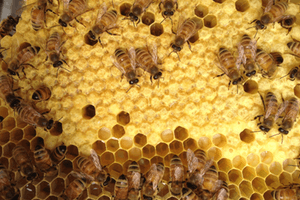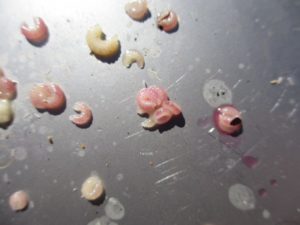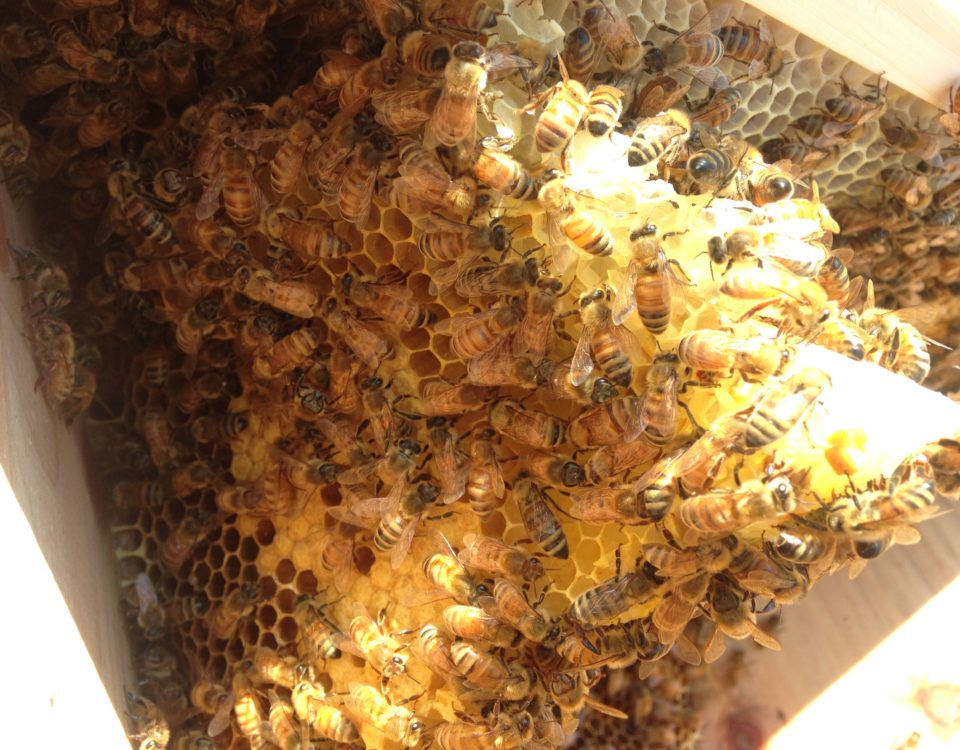- All-In-One Beekeeping for the Bees
- +1-608-728-8233
- [email protected]
Short But Mighty: The Stages of Life

Honey bees are some of the hardest workers in the insect world. Depending on their role in the hive, they can spend up to 12 hours a day working – that is nearly dawn to dusk every day. Other bees may not work as long as foragers, but they still have crucial roles within the hive that must get done every day. To top off these long days of work, some honey bees only get about one to two months to live. That is not enough time to enjoy all their hard work!
These bees do not get enough credit for how much they work and how hard they work every single day. Their sole purpose in life is to work so that they can survive. In other words, they work to live not live to work.
Honey bees go through many stages of work throughout their short life but each one is just as important as the next. We like to separate their life into three broad categories of work responsibilities:
- Brood (Around 21 days)
- Hive Bees (Around 21 days)
- Field/Forager Bees (Around 21 days)
Within each of these roles, they have tasks that can take long, tedious hours each day. We are going to walk you through the life of a worker bee so you can see the impact that each one of them has on the growth of the hive.
Brood
Some beekeepers separate the brood stage into egg, larva, capped brood, pupa, and empty cell. This is where it all begins, the queen can lay around 2,000 eggs starting from the center of the hive and working her way out. Assuming she fertilized the egg, this egg is most likely going to become a worker bee. This is the first stage of an egg. Within three days these eggs will develop into larva.
The larva stage is not much longer – only about six days. During these six days, older worker bees will feed the larva over and they will feed larva royal jelly for about three days and no longer if they are worker bees. Over the course of these six days, the larva will turn into a milky white color and consistency and develop a curled shape within the cell.

Right before the larva completely transforms into a pupa, there is a phase called prepupa phase – when the complete metamorphosis takes place. Not all beekeepers recognize this stage, some like to skip right to the pupa stage. We like to include this prepupa stage because there is still a time when the cells are uncapped and the soon to be worker bee is still in the form of larva. When the cells become capped, they have fully entered the pupa stage. This can happen anywhere from day nine to day 21, give or take. Typically, the workers will emerge from the capped cells within a few days, and it will become an adult bee.
Hive Bees
The bees have now officially entered adulthood (right after being born) and it is time for their first job! One of the first roles that worker bees are tasked with is cleaning out their cell to prepare for new eggs. It may seem crazy that the second they are hatched, their role is basic
ally to clean and become a mother to younger brood and larvae, but that is what happens!
I would sure choose being a mother over carrying out dead bodies…. yep, that is another job! With thousands of bees being hatched, you are sure to find dead ones as well and these worker bees’ jobs are to clean out the dead bees from the hive. They are also responsible for removing any other debris that may be in the hive.
Another not so glamorous, is to clean the hives. Some female bees have the duty of cleaning the other bees’ hives when they return from foraging trips. While in the hive, they will collect pollen and nectar from the returning foraging bees, packing it into cells for later use. Other bees may be performing the role of fanning raw nectar to reduce moisture and create honey.
Field/Forager Bees
By days 16-20, the worker bees hypopharyngeal gland decreases in size and begins producing invertase and glucose oxidase which are enzymes required for honey production: her body is getting ready to forage. Since these bees have spent their entire life in the brood, they must take days 19-21 slowly. They will spend these days fanning or guarding the entrance, making orientation flights, and getting to know the outside. Every day, worker bees will take longer orientation flights until they are considered outside bees and able to produce the alarm pheromones and venom for protection.
Around days 21- 42, the
hive bees will graduate to become field bees. They have been prepped and now they are ready to take on possibly the most exhausting job of a worker bee. Like we said at the beginning, a field bees’ day can be up to 12 hours long and they can travel up to four miles or more to collect pollen and nectar. Keep in mind that the quality of the food source can play a role in how far they travel in a day – if the benefits don’t outweigh the distance, then it is not worth it for the

m to travel far. Some forager bees can even die from exhaustion.
Parting Thoughts
We walked you through a typical life of a worker bee in the summer months. Only a few months to live yet they pack everything they can into it. From the day they hatch to the day they die, they work. I think we can all appreciate how hard these bees work and it is important that everyone is aware of what goes into the production of honey and upkeep of a hive. If everyone could come to a mutual understanding and appreciation of how hard these bees work for their home, there would be more respect for honeybees. Let’s spread the word about these short but mighty lives of worker bees!
Elizabeth Allon
Latest posts by Elizabeth Allon (see all)
- Short But Mighty: The Stages of Life - January 26, 2022
- Honey Bees Vs. Highways - January 19, 2022
- 4 Ways to Save The Bees in 2022 - January 12, 2022



